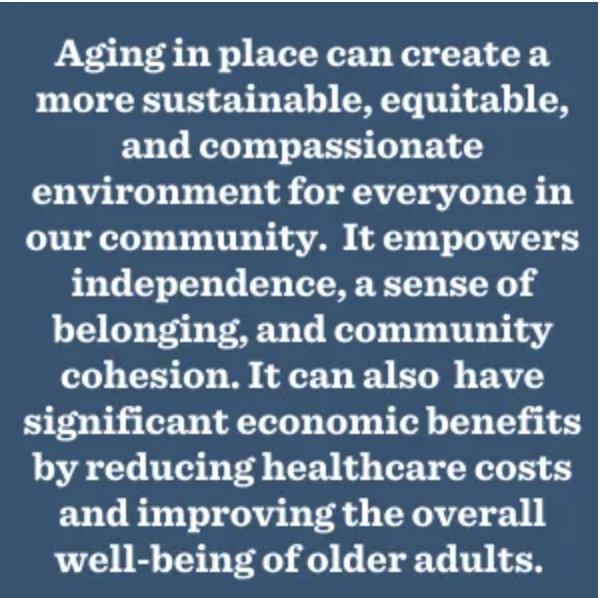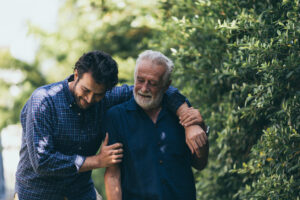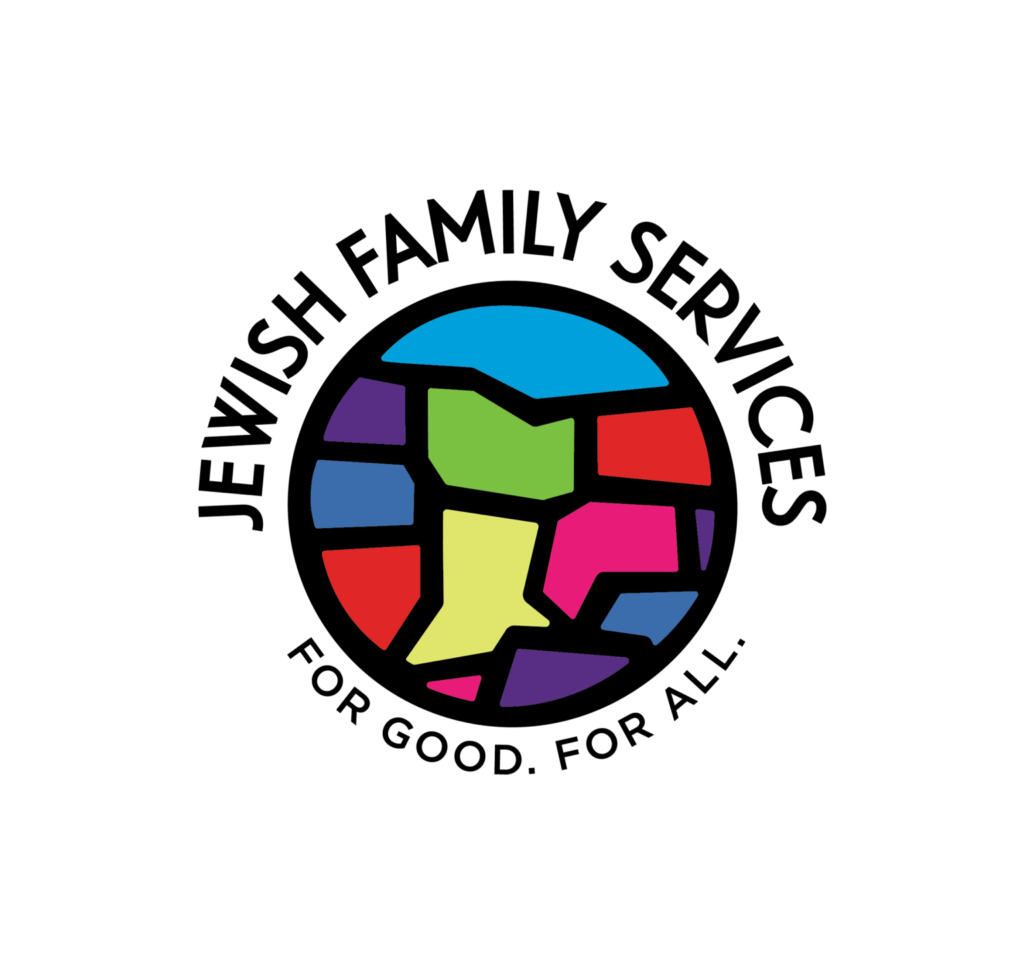
As our population continues to age, the traditional models of senior care and retirement living are facing significant challenges. Many seniors want to remain in their homes and communities, but struggle to access the services and support they need to do so. In response to this, neighborhood-based models are emerging as a promising new approach to aging in place. These models leverage community resources and social connections to empower seniors to remain in their homes and maintain their independence.
Aging in place, or the ability to remain in one’s home and community as they age, has been shown to have positive effects on both physical and mental health outcomes. Research has shown that older adults who age in place have better overall health outcomes than those who move into institutional care settings, such as nursing homes or assisted living facilities. In fact, a study conducted by the Centers for Disease Control and Prevention (CDC) found that older adults who lived in their own homes and communities reported fewer chronic conditions, such as heart disease and diabetes, and had a lower risk of falls than those who lived in institutional care settings.
Aging in place can also help to promote social connectedness and reduce the risk of social isolation, which is a common problem among older adults. Social isolation can have negative effects on physical and mental health and may even increase the risk of mortality. By remaining in their own homes and communities, older adults can maintain relationships with friends, family, and neighbors, and participate in social activities that can help to promote overall well-being.
At the heart of neighborhood-based models is the concept of “aging in community.” This approach recognizes that seniors are more than just individuals in need of care but are active members of their communities with valuable skills, knowledge, and social connections. By tapping into these assets, neighborhood-based models can create a support system that is both personalized and community-driven.
One key element of these models is the use of volunteers and peer-to-peer support. This can take many forms, such as neighborhood-based “villages” that provide a range of services and social opportunities, or volunteer programs that match seniors with community members who can help with tasks such as grocery shopping or transportation. By involving community members in the care and support of their senior neighbors, these models help to foster a sense of intergenerational connection and mutual support.
Another key element of neighborhood-based models is the use of technology and innovation to enhance aging in place. This can include tools such as telehealth services, smart home technology, and online communities that enable seniors to connect with each other and access resources from the comfort of their own homes. By leveraging the power of technology, these models can increase access to care and support, and help seniors maintain their independence and quality of life.
One approach to supporting aging in place is through specific neighborhood-based models of care. These models bring together residents of a particular geographic area, typically older adults, and offer a range of services and programs tailored to their unique needs. One such model is the Naturally Occurring Retirement Community (NORC) model. A NORC is a community or neighborhood with a growing population of older adults in which the dwellings were not purposefully intended for older adults when they were originally designed or built. This innovative model empowers an older adult to age in place in their own apartment, surrounded by peers who are achieving that same goal, and delay or negate moving into a nursing home or assisted living facility. A site must be designated an official NORC by New York State. NORC requirements are designed to support and integrate a range of on-site health and support services to support aging in place; most are required to have a nursing component to address some medical needs of NORC residents. On-site services and support are coordinated through a partnership involving a lead agency (often a non-profit social services agency), NORC residents, building managers, housing associations and owners, and community partners.
Research has shown that the NORC model can have significant benefits for older adults. For example, one study found that older adults living in NORCs reported higher levels of social support and engagement, as well as greater satisfaction with their overall quality of life. Additionally, the NORC model has been shown to be cost-effective, as it can help to reduce the need for expensive institutional care.
NORC staff also makes connections for residents to programs throughout the community and because the approach is neighborhood-based, NORC providers can modify offerings to align with their residents’ specific needs and preferences. This could include religious community events and services, counseling, and other public benefits offered to older adults that might be unique to the state, county, or town in which the NORC operates.
Monroe County, like many others across the country, continues to age as a population. Based on the most recent census data, 18% of the county is 65 or older and with an aging community comes increased needs. Rochester’s NORC is run by JFS Rochester at the Ellison Park Apartments owned by Eastwood Management Corp. Services provided by the on-site social worker are free of charge to eligible residents at the NORC at JFS Rochester. The JFS social worker is located on-site and is available for one-on-one consultation and support for residents aged 60 and older either in their home or at the NORC office. Also on-site is a dedicated RN (registered nurse) who supports the medical needs of the community, explaining and implementing benefits and services as appropriate. The final NORC team member is JFS Rochester’s Outreach Coordinator who plans activities, social gatherings, and wellness events. A NORC Resident Advisory Council, comprised of senior residents and the social worker, ensures that the needs of the community are being addressed by helping to determine programming and activities. NORC seniors continue to grow and learn, maintain their independence, and enhance their quality of life by making new friends and actively participating in their community.
Also unique to Rochester is the community of Holocaust Survivors that call NORC home; approximately 40 Survivors reside at the location. As Survivors age, it is important that we continue to listen to their stories, honor their experiences, and ensure they have access to services and supports through their final years. The JFS Rochester team of care managers and volunteers work closely with NORC seniors to provide them with a wide range of support services, including health and wellness programs, transportation assistance, home repair and modification services, and social and recreational activities.
Providing aging in place options for older adults is crucial for creating inclusive and age-friendly communities. It not only benefits older adults by allowing them to maintain independence and a sense of belonging, but it also promotes intergenerational connections and community cohesion. Additionally, aging in place options can have significant economic benefits, as they can reduce healthcare costs and improve the overall well-being of older adults. By prioritizing aging in place options, communities can create a more sustainable, equitable, and compassionate environment for all residents.
For more information about The NORC at JFS Rochester, contact Talya Brea at tbrea@jfsrochester.org or call (585) 288-3442.





